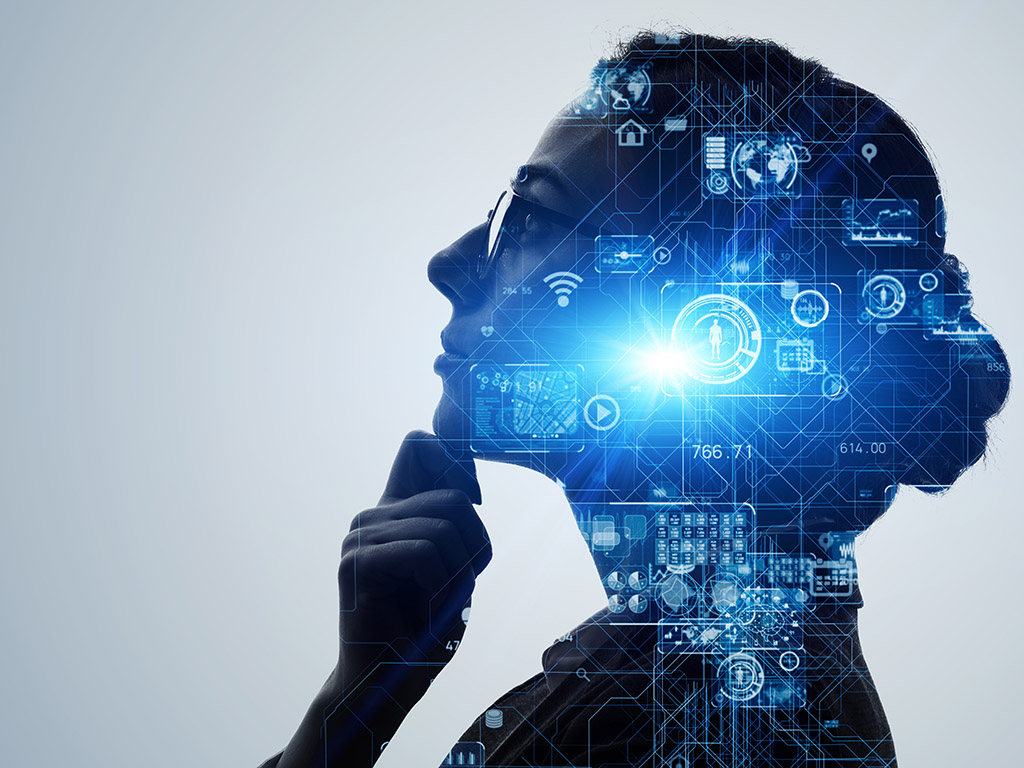As computer-generated images and videos become prolific, it can be tempting to save a buck and have the robot do the work, instead of hiring a creative team. Especially if you’re about to embark on a small brand revamp or new campaign, wouldn’t it just be easier to consult the chatbots and call it a day?
Not necessarily. It’s important to remember that AI is inherently limited to the confines of the human mind- er minds.
That said, there is a place and time to make AI design work for you, in addition to working with an actual human who can understand the nuances of your aesthetic, mission, motivations, values, and personality in order to generate a holistic brand voice.
AI and designers don’t have to be at war, and we’d argue that by employing both you ensure a consistent and clear brand, campaign, website, or whatever else you might need.
Here’s how:
- Set clear guidelines: Set intentional parameters as far as how much AI influence you’d like your projects to have. Your designers will probably appreciate that their man-made work is still valued.
- A sensible division of labor: Split tasks based on individual strengths; AI is better at handling repetitive or data-intensive tasks, and human designers are better focusing on creative and empathetic pursuits, as well as strategic thinking.
- Alleviate the mundane: Data analysis, formatting and layouts can be tedious, so free up your human designers to dive deeper into the creative process and leave the more technical stuff to the bots.
- Play around: Theorizing concepts has never been easier. Encourage human designers to utilize AI to generate a few more generic options as jumping off points, all without wasting time and effort mocking up concepts themselves that in execution, don’t work.
- Educate and empower: Encourage your designers to explore AI designs to track what’s trending and learn new design techniques.
- Maintain hierarchy: No matter how you choose to utilize AI in your design process, make sure that humans are the last eyes on the project. This will make sure the outcome reflects human values, cultural considerations, and the intended user experience.
In the end, this doesn’t need to be an “us vs them” debate, and it’s a good reminder that the answers often lie somewhere in the middle.
If you ask ChatGPT, it will tell you itself that it wasn’t created to replace human workers. It was designed to enhance creative processes and aid the human creators hard at work everyday.
In allowing AI to help alleviate mundane aspects of content creation, designers will have more time and mental space for the more complex aspects of the design process.
Less burnout and more time? Sounds like a recipe for success to us.
